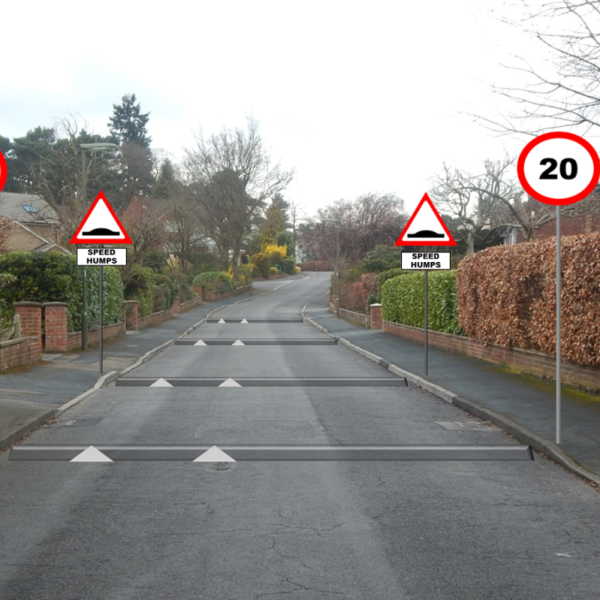
Speed Limits: Are UK Roads Stuck in the Slow Lane?
In the ever-evolving landscape of UK road safety, one element seems stubbornly resistant to change: our approach to speed limits. Despite significant advancements in vehicle technology and road engineering, our speed limit framework remains mired in a bygone era, seemingly oblivious to the capabilities of modern cars and the changing dynamics of road use. It’s high time we ask ourselves: are our speed limits keeping us unnecessarily tethered to the slow lane, compromising efficiency without a corresponding payoff in safety?
The Outdated Pace of Speed Limit Policies
Let’s consider the national speed limits that blanket vast stretches of our motorway network. Set decades ago, these limits were established in a different context of vehicle performance, safety features, and road congestion. Modern vehicles are equipped with advanced safety and driver-assistance technologies, making them far safer at higher speeds than their predecessors. Yet, our speed limit policies seem to ignore these advancements, clinging to conservative limits that may no longer be justified.
Moreover, the one-size-fits-all approach to speed limits, particularly in urban and residential areas, often feels out of touch with the reality on the ground. While the intention behind blanket 30 mph limits in built-up areas is commendable, it fails to account for the varying road conditions, traffic volumes, and pedestrian activity levels that characterise different streets and neighbourhoods. This lack of nuance not only breeds frustration among drivers but also dilutes the impact of speed limits where they are most needed for safety.
The Case for Variable Speed Limits
The advent of smart motorway technology and variable speed limits on certain stretches of the UK’s road network has shown us the potential benefits of a more flexible approach to speed regulation. By adjusting speed limits in real-time based on traffic conditions, weather, and incidents, we can enhance both safety and traffic flow. This dynamic approach ensures that speed limits are responsive to the actual conditions on the road, rather than being arbitrarily fixed.
Why not extend this principle beyond motorways? Implementing variable speed limits in urban areas, for example, could allow for lower limits during school hours or peak pedestrian times, while permitting higher speeds during off-peak times when roads are less congested and pedestrian activity is minimal. Such an approach would not only improve road safety but also optimise traffic flow, reducing congestion and the environmental impact of idling vehicles.
A Call for a Modernised Speed Limit Framework
It’s clear that our current speed limit framework requires a thorough overhaul to align with the realities of modern driving and road safety. This is not a call for a reckless increase in speed limits across the board but a plea for a more reasoned, evidence-based approach that considers the capabilities of modern vehicles, the quality of our road infrastructure, and the variable nature of road use.
In conclusion, while the primary aim of speed limits should always be safety, it’s essential to strike a balance that also considers efficiency and the practicalities of modern driving. By adopting a more nuanced and flexible approach to speed limits, we can ensure that our roads are not only safe but also fit for the pace of the 21st century. Let’s not allow our road safety policies to languish in the slow lane, held back by outdated conventions that no longer serve our best interests.
















